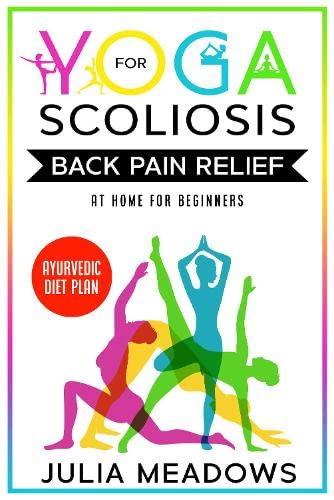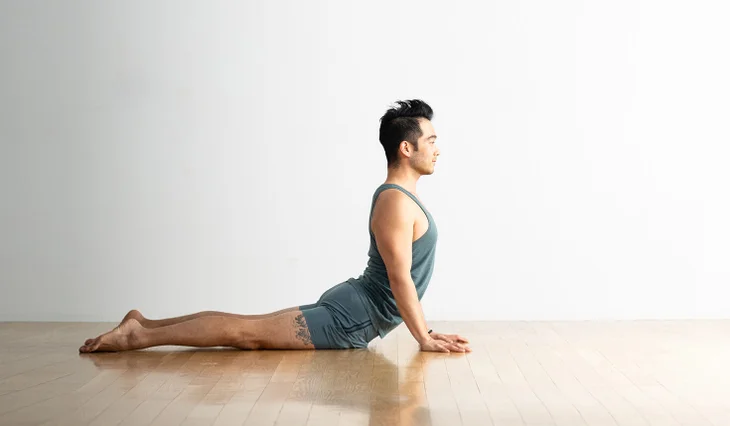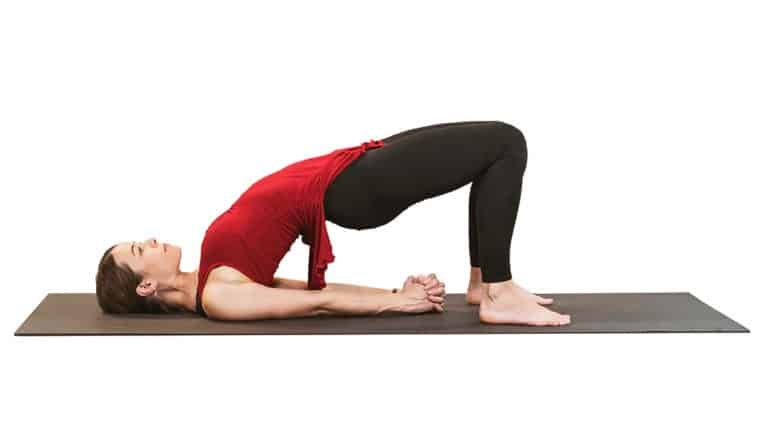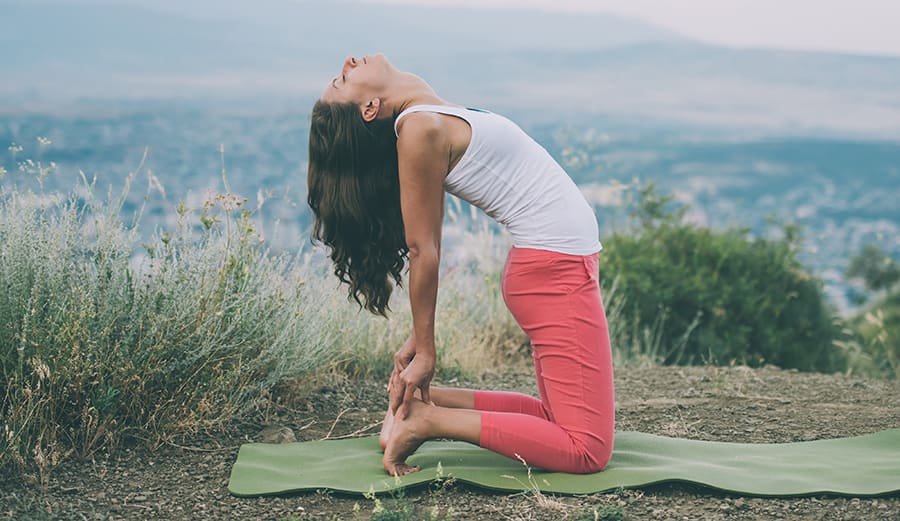Back pose in yoga is essential for improving posture, increasing flexibility, strengthening back muscles, and providing relief from back pain.
By incorporating back poses into your yoga practice, you can experience numerous physical and mental benefits.
In this article, we will explore the benefits of practicing back poses, common back poses in yoga, tips for practicing them safely, and precautions and modifications for beginners.
Benefits of practicing back poses
Improved posture
Practicing back poses can help correct poor posture by stretching and strengthening the muscles in your back. These poses encourage proper alignment of the spine, which can alleviate the strain on your neck, shoulders, and lower back caused by slouching or sitting for long periods.
By regularly incorporating back poses into your yoga routine, you can develop a more upright and balanced posture.
Increased flexibility
Back poses require a significant amount of spinal extension, which helps improve flexibility in the back, shoulders, and hips.
As you deepen your backbends, you will gradually increase your range of motion and release tension in these areas. Increased flexibility not only enhances your yoga practice but also improves your overall mobility and reduces the risk of injuries.
Strengthened back muscles
Back poses target the muscles in your back, including the erector spinae, rhomboids, and latissimus dorsi. These poses engage and strengthen these muscles, promoting better spinal stability and supporting your posture.
Strong back muscles also contribute to a healthier and more resilient spine, reducing the likelihood of back-related issues.
Relief from back pain
If you suffer from chronic back pain, incorporating back poses into your yoga practice can provide much-needed relief.
These poses help stretch and release tension in the muscles surrounding the spine, alleviating discomfort and promoting relaxation.
However, it is important to approach back poses mindfully and listen to your body to avoid exacerbating any existing pain or injuries.
Common back poses in yoga
Cobra pose
Cobra pose, also known as Bhujangasana, is a gentle backbend that stretches the front of the body while strengthening the back muscles. To practice this pose, lie on your stomach with your legs extended and your palms placed beneath your shoulders.
As you inhale, press your hands into the mat and lift your chest off the ground, keeping your elbows close to your body. Hold the pose for a few breaths, focusing on lengthening your spine and opening your heart.
Bridge pose
Bridge pose, or Setu Bandhasana, is a backbend that targets the spine, hips, and glutes. Start by lying on your back with your knees bent and your feet hip-width apart. Press your feet into the mat, engage your glutes, and lift your hips off the ground.
Interlace your fingers beneath your body and roll your shoulders underneath you. Hold the pose for several breaths, feeling the stretch in your chest, shoulders, and thighs.
Upward facing dog pose
Upward facing dog pose, or Urdhva Mukha Svanasana, is a more advanced backbend that strengthens the back muscles and opens the chest. Begin by lying on your stomach with your legs extended and the tops of your feet pressing into the mat.
Place your hands next to your ribs, fingers pointing forward. As you inhale, press into your hands and lift your chest off the ground, straightening your arms. Keep your thighs engaged and your shoulders relaxed. Hold the pose for a few breaths, focusing on lengthening your spine and lifting your heart.
Wheel pose
Wheel pose, or Urdhva Dhanurasana, is an advanced backbend that requires significant flexibility and strength. Start by lying on your back with your knees bent and your feet hip-width apart. Place your hands next to your ears, fingers pointing toward your shoulders.
Press into your hands and feet, lifting your hips off the ground. Straighten your arms and legs, allowing your head to gently drop back. Hold the pose for a few breaths, feeling the stretch in your entire front body.
Tips for practicing back poses safely
Warm up your body
Before attempting back poses, it is crucial to warm up your body with gentle stretches and movements. This helps prepare your muscles and joints for the deeper backbends and reduces the risk of injury. Incorporate poses like cat-cow, child’s pose, and gentle twists into your warm-up routine.
Listen to your body
Yoga is a practice of self-awareness, so it is important to listen to your body’s signals during back poses. If you experience any pain or discomfort, ease out of the pose or modify it to suit your needs. Avoid pushing yourself too far and honor your body’s limitations.
Use props if needed
Props such as blocks, bolsters, or straps can provide support and assistance during back poses. They can help you maintain proper alignment and make the poses more accessible, especially if you are a beginner or have limited flexibility. Experiment with different props to find what works best for you.
Engage your core
To protect your lower back and maintain stability during back poses, engage your core muscles. Drawing your navel toward your spine and activating your abdominal muscles helps support your spine and prevents excessive strain on your back.
Precautions and modifications for beginners
Start with gentle backbends
If you are new to back poses, it is advisable to start with gentle backbends and gradually progress to more advanced poses. This allows your body to adapt and build strength gradually, reducing the risk of injury. Cobra pose and bridge pose are excellent options for beginners.
Use blocks or bolsters for support
If you find it challenging to reach the ground or maintain proper alignment in certain back poses, use blocks or bolsters for support. Placing a block under your hands in cobra pose or using a bolster beneath your hips in bridge pose can make these poses more accessible and comfortable.
Avoid overextending your back
While it is important to stretch and strengthen your back, avoid overextending or forcing your spine into deep backbends. Respect your body’s limits and focus on maintaining a balanced and safe practice. Remember, progress in yoga is a journey, and patience is key.
Conclusion
Incorporating back poses into your yoga practice can have a profound impact on your overall well-being. By improving your posture, increasing flexibility, strengthening your back muscles, and providing relief from back pain, these poses offer a multitude of benefits.
Remember to practice safely, listen to your body, and modify poses as needed. With regular practice and patience, you can experience the transformative effects of back poses in your yoga journey.
Originally posted 2023-01-26 13:54:41.








